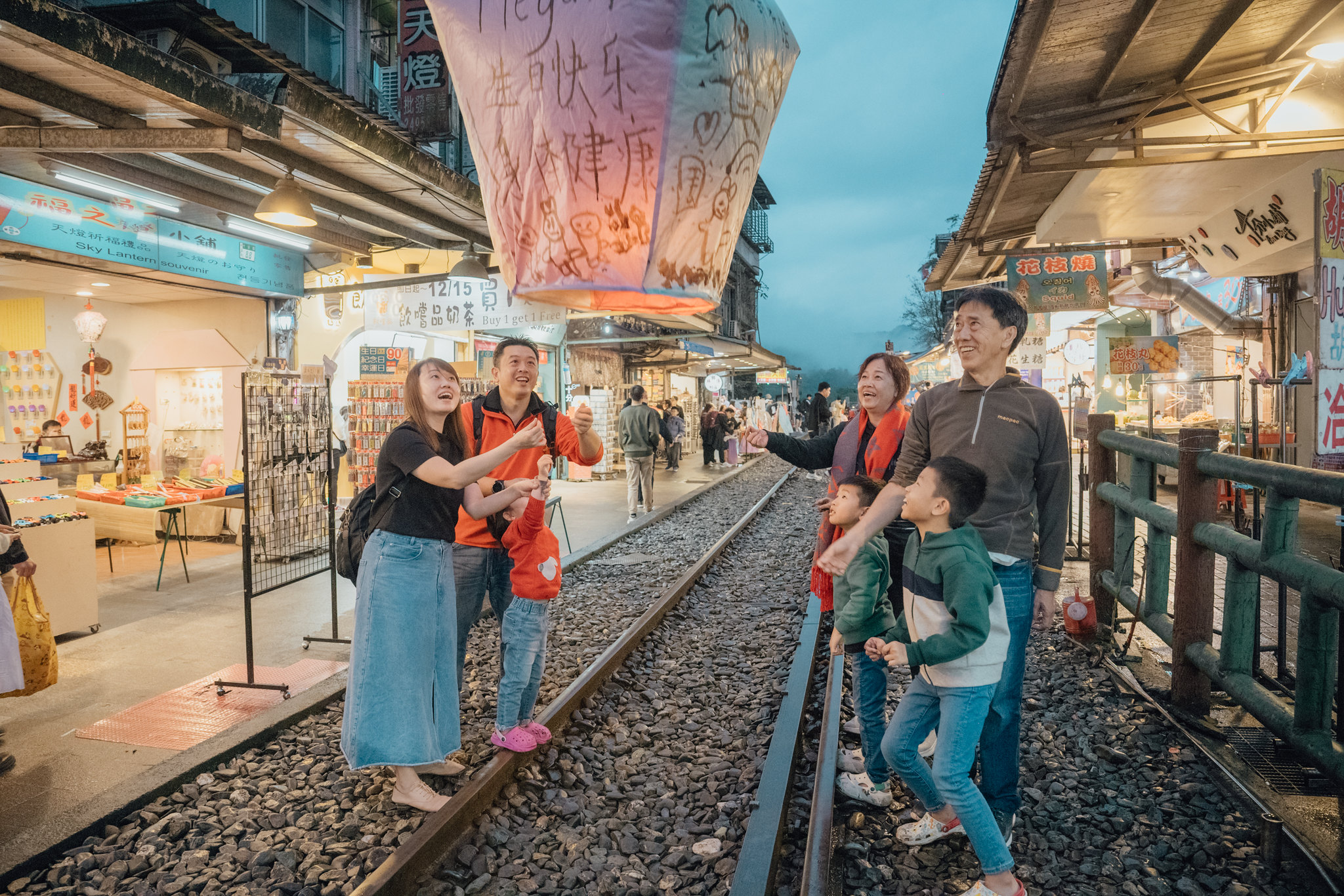- Must-Visit Tourist Destinations in Taiwan: Highlights of Northern, Central, and Southern Regions
- Taiwan is a captivating destination that combines stunning natural landscapes, rich historical culture, and delectable cuisine. Here are four iconic attractions from each of Taiwan’s northern, central, and southern regions, complete with historical insights to deepen your appreciation.
- Northern Taiwan: Taipei and Surrounding Areas
-
Taipei 101
-
Overview: Taipei 101 is an iconic skyscraper that once held the title of the world’s tallest building. Its design reflects a harmonious blend of tradition and modernity, with a bamboo-shaped structure symbolizing prosperity and resilience.
-
Historical Significance: Completed in 2004, Taipei 101 not only represents Taiwan’s economic achievements but also holds the distinction of being the first skyscraper to earn a LEED Platinum certification for green building standards.
-
-
National Palace Museum
-
Overview: Home to a vast collection of Chinese artifacts, including the renowned Jadeite Cabbage and the Mao Gong Ding, this museum is a treasure trove of East Asian art and history.
-
Historical Significance: Established in 1965, its collection originates from the Qing Dynasty’s imperial treasures, which were relocated to Taiwan for preservation during turbulent times, underscoring Taiwan’s role as a guardian of Chinese cultural heritage.
-
-
Tamsui Old Street and Fort San Domingo
-
Overview: Tamsui Old Street is famous for its nostalgic charm and local delicacies, while Fort San Domingo stands as one of Taiwan’s oldest historical sites.
-
Historical Significance: Built in 1644 by the Dutch East India Company, Fort San Domingo later became a British consulate, reflecting Taiwan’s complex colonial history and its role in maritime trade.
-
-
Yangmingshan National Park
-
Overview: Known for its hot springs, volcanic landscapes, and seasonal blooms, Yangmingshan is a natural oasis within the bustling city.
-
Historical Significance: Originally called Grass Mountain, it was developed during Japanese rule and renamed Yangmingshan in 1950 to honor Ming Dynasty philosopher Wang Yangming, symbolizing Taiwan’s early environmental conservation efforts.
-
-
Jiufen Old Street
-
Overview: Jiufen Old Street attracts visitors with its charming mountain town atmosphere, teahouses, and artisanal crafts.
-
Historical Significance: Jiufen thrived during the Qing Dynasty due to gold mining. During Japanese rule, it became a bustling mining town, and today it preserves its nostalgic architecture as a popular tourist destination.
-
-
Shifen Waterfall
-
Overview: Often referred to as the “Niagara Falls of Taiwan,” Shifen Waterfall is a breathtaking natural attraction.
-
Historical Significance: The Shifen area flourished during the coal mining boom, with the Pingxi Line railway facilitating its development. The waterfall’s transformation into a tourist hotspot represents Taiwan’s shift from industrial to eco-tourism.
-
- Central Taiwan: Taichung and Surrounding Areas
-
Gaomei Wetlands
-
Overview: Renowned for its magnificent sunsets and mirror-like reflections, this wetland is a favorite spot for eco-photography.
-
Historical Significance: Formed in the early 20th century, the wetlands were initially used for agriculture and fishing. Now designated as a protected area, they serve as a vital habitat for endangered bird species.
-
-
Wufeng Lin Family Mansion and Garden
-
Overview: This well-preserved traditional Minnan architectural complex showcases exquisite carvings and garden landscapes.
-
Historical Significance: Built during the Qing Dynasty, it served as the private residence of the influential Lin family. Over generations, it witnessed the rise and fall of Taiwan’s gentry class.
-
-
Fengjia Night Market
-
Overview: One of Taiwan’s largest night markets, it offers a variety of creative street food and shopping options.
-
Historical Significance: Established in the 1960s near Feng Chia University, the night market has grown into a vibrant symbol of Taiwan’s night market culture and student life.
-
-
Rainbow Village
-
Overview: Created by retired soldier Huang Yung-Fu, this colorful village is known for its whimsical and vibrant artwork.
-
Historical Significance: In 2010, Huang began painting to save his village from demolition. His art gained media attention, transforming the area into a cultural landmark and a testament to creativity and community spirit.
-
- Southern Taiwan: Tainan and Kaohsiung Areas
-
Chihkan Tower (Fort Provintia)
-
Overview: A historical landmark blending Western and Chinese architectural styles, it was a key administrative and educational center during the Qing Dynasty.
-
Historical Significance: Originally built by the Dutch in 1653 as Fort Provintia, it later became a hub for governance under Qing rule, showcasing Taiwan’s colonial and administrative history.
-
-
Anping Fort (Fort Zeelandia)
-
Overview: Taiwan’s oldest fort, preserving significant relics from the Dutch colonial period.
-
Historical Significance: Constructed in 1624 by the Dutch East India Company, it served as a critical trade and defense post, reflecting Taiwan’s role in international commerce and conflict.
-
-
Kaohsiung’s Formosa Boulevard MRT Station
-
Overview: Famous for the “Dome of Light,” the world’s largest glass installation in a single structure.
-
Historical Significance: Named after the 1979 Formosa Incident, the station is a symbol of Taiwan’s democratization and the fight for human rights.
-
-
Kenting National Park
-
Overview: Known for its beaches, coral reefs, and tropical flora, Kenting is Taiwan’s premier resort destination.
-
Historical Significance: Established in 1984 as Taiwan’s first national park, it aims to preserve the unique ecology of southern Taiwan, including its coastal and marine biodiversity.
-
- Taiwan’s northern, central, and southern regions each offer unique attractions that cater to history enthusiasts, nature lovers, and culture seekers. Every corner of Taiwan holds the promise of unforgettable experiences.
- If you’re planning a trip and wish to capture these moments, contact us at SENSHI Photography Studio. We specialize in wedding photography, travel shoots, and family portraits, ensuring your cherished memories are beautifully preserved!
- Travel photography plan inquiry




